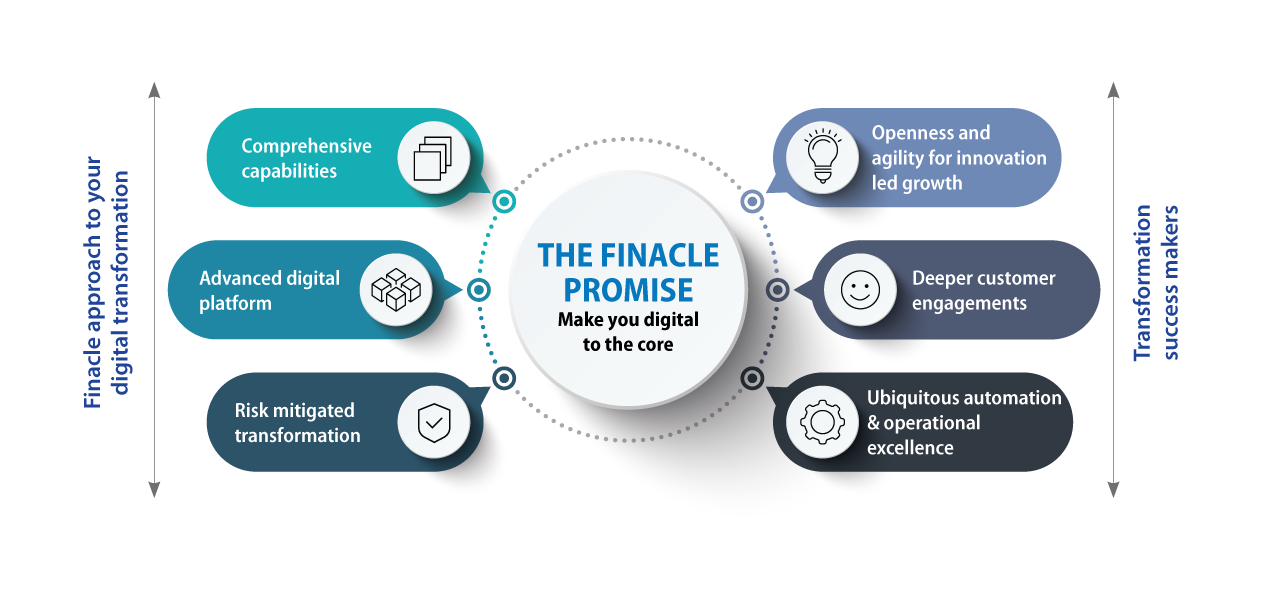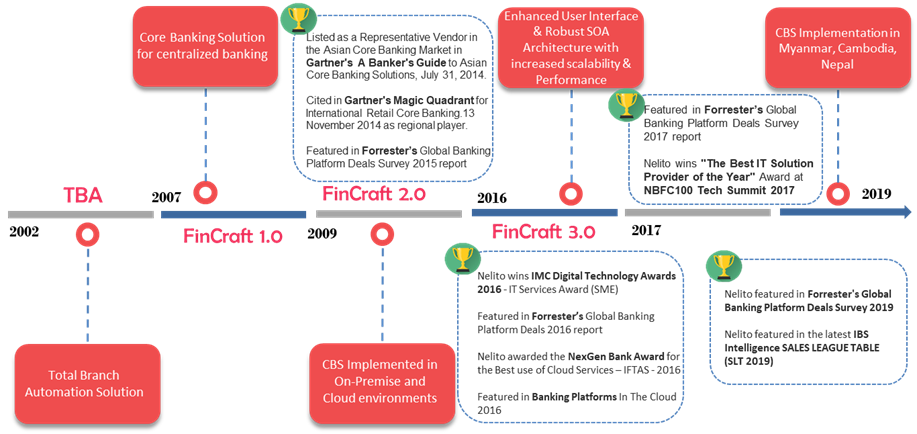

During this journey, banks must take cloud-first strategy for all new processes and applications.Ī complex IT landscape with a few hundred applications, which are sometimes duplicated across business groups, is a harsh reality today. Eventually the final phase would be to gear up to move production environments on cloud. Banks can then implement hybrid cloud models to process peak loads with cloud-burst techniques, while continuing to process routine operations in-house. The starting point could be to implement cloud for testing & development purposes. Taking the journey for core applications, we recommend banks to follow a three phase strategy. Most progressive banks have already started leveraging cloud for non-mission critical applications. To begin, banks can simplify the challenge of infrastructure maintenance by leveraging cloud technologies, and by introducing elasticity for increased demand.

The situation hasn’t changed significantly since then for most of the banks, particularly in Europe and Americas.Ĭonsidering the disruption banking industry is going through and consequent need to have an agile technology foundation to keep pace, simplification of the complex IT landscape can deliver massive advantages. In our survey done few years ago, 79 percent of bankers feel that the biggest barriers to core infrastructure transformation is the complexity of current IT systems, and inadequate skill-sets within their organizations. Maintenance costs are high for such complex IT landscapes that have a few hundred applications residing in siloes. The situation is perfectly summed up by Tom Groenfeldt, contributor to Forbes, “When 40-year old legacy banking systems meet the two-month old iPhone 6, the results aren’t pretty.” In this era of any-time banking and instant gratification, most banks aren’t able to keep up and deliver contextual customer experiences due to a complex IT landscape.Īccording to various industry researches about 75-80 percent of annual IT budgets are spent on supporting existing business operations and driving organic growth, which leaves very little room for business transformation and exploration of new revenue streams. While progressive banks are making huge strides in the digital space, the outdated banking architecture has come under the scanner and banks are looking at ways to circumvent this barrier to achieve a truly digital transformation. Moreover, componentization allows banks to prioritize their efforts, improving the business case for core modernization by focusing on functions that provide the greatest short term benefits”– Robert Hunt, Senior Research Director, CEB TowerGroup, Launch of Finacle 11E, 2013 By componentizing their products, core vendors are providing banks with the flexibility needed to develop phased implementation plans that reduce this risk. “Large banks are reluctant to undertake core modernization projects due to the risks and complexity of the effort.


 0 kommentar(er)
0 kommentar(er)
